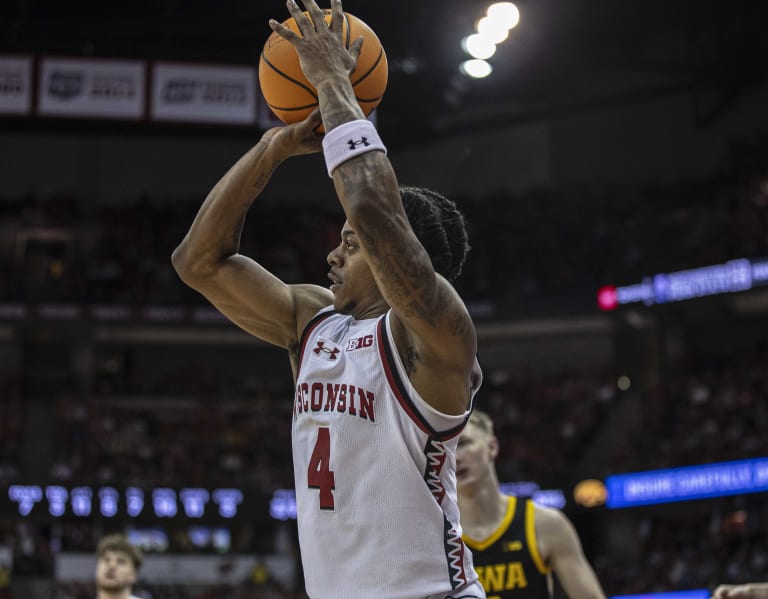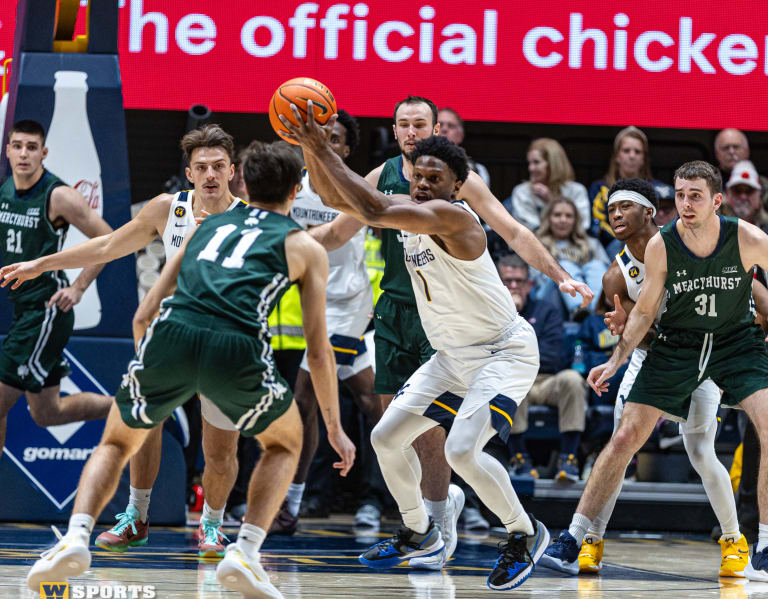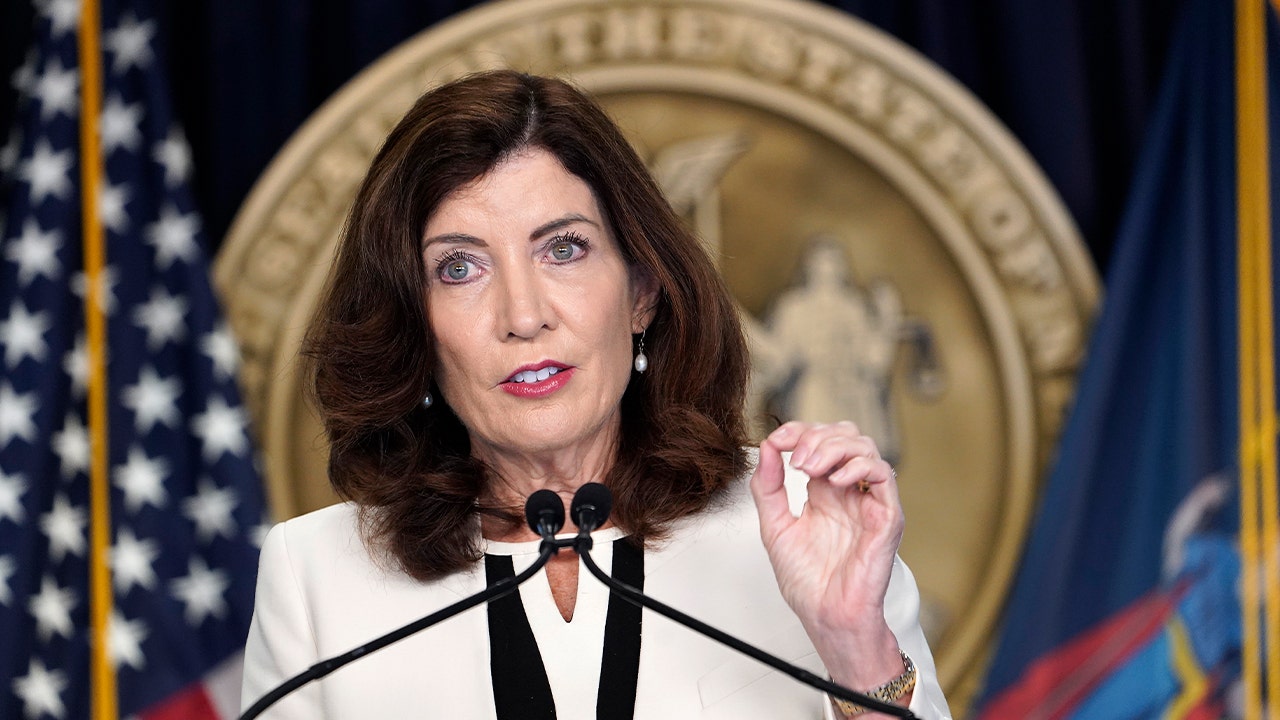Pennsylvania
How they got him: Escaped murderer Danelo Cavalcante arrested after 2-week pursuit in Pennsylvania

UNIONVILLE, Pa. (AP) — Thermal imaging equipment in the air, experienced search teams working through a stormy night, a search dog and the element of surprise all played critical roles in the capture of escaped murderer Danelo Souza Cavalcante on Wednesday morning after a 14-day manhunt across southeastern Pennsylvania’s rolling farmlands and forests.
Some of the hundreds of law enforcement personnel searching on foot and from the air finally located Cavalcante near the outer perimeter of a nearly 10-square-mile (16-square-kilometer) search zone. The cordon was set up when Cavalcante was seen Monday just after dark crouching near a tree line and, two hours later, fleeing from a garage.
Here’s how they caught Cavalcante, according to Pennsylvania State Police Lt. Col. George Bivens:
BURGLAR ALARM
The first possible sign of Cavalcante that alerted searchers was a burglar alarm shortly after midnight Tuesday. Law enforcement personnel investigated it and did not find him.
But the alarm attracted nearby search teams to the area. At around 1 a.m., a Drug Enforcement Administration plane with a thermal imaging camera picked up a heat signal. Searchers on the ground began to track and encircle it.
STORM DELAY
Storms moving in with rain and lightning forced the plane to leave the area. Search teams stayed put and tried to secure a perimeter around where the heat signal had been, aiming to prevent Cavalcante from slipping away once again.
Later in the morning, the plane returned along with more search teams. Shortly after 8 a.m. a U.S. Customs and Border Patrol team moved in on Cavalcante in a wooded area, about a half-mile (0.8 km) away from where the burglar alarm went off.
THE CAPTURE
Cavalcante had been lying prone, likely to avoid detection, when search teams of about 20 to 25 members got close enough for him to realize they were there.
“The were able to move in very quietly. They had the element of surprise. Cavalcante did not realize he was surrounded until that had occurred,” Bivens said.
Cavalcante began to crawl through heavy underbrush to try to escape, prompting the Customs and Border Patrol team to release a search dog — either a shepherd or a Belgian Malinois — to pursue him.
The dog subdued Cavalcante in a struggle, leaving Cavalcante with a bleeding scalp wound, until law enforcement personnel handcuffed him. From the time law officers moved in to the time they captured Cavalcante took about five minutes.
“It played out fairly quickly once they had identified him and moved in, and he detected them at that point once they were already in position,” Bivens said.
Cavalcante had stolen a rifle during his flight, but no shots were fired as he was taken into custody.

Pennsylvania
Biden kills U.S. Steel deal; what Trump said and what it means for Pennsylvania
Biden blocks Japanese takeover of U.S. Steel
President Biden is blocking the proposed $14 billion acquisition of U.S. Steel by Nippon Steel.
Fox – 10 Phoenix
President Joe Biden’s decision to block Nippon Steel’s bid to buy U.S. Steel could have significant implications for Pennsylvania and the steel industry.
President-elect Donald Trump had already said he would kill the deal when he takes office later this month to keep a foreign firm from taking over the Pittsburgh-based business.
U.S. Steel employs thousands across its plants and offices in Pennsylvania and the state has about 10% of the nation’s steelworkers.
For them, Biden’s intervention could mean short-term job stability, as the administration emphasizes keeping the company under American ownership.
But, it’s not a fix for U.S. Steel’s problems; the company has said it needs financial resources to upgrade plants and keep pace with demand for steel around the world.
Biden on Friday issued the order blocking Nippon Steel Corp.’s proposed $14.9 billion purchase of U.S. Steel, citing his presidential authority under the Defense Production Act of 1950 and calling the steel industry “critical for resilient supply chains.”
Nippon and U.S. Steel, however, took exception to the order.
In a joint statement, U.S. Steel and Nippon Steel said it was “dismayed” by Biden’s decision, calling it “a clear violation of due process and the law governing CFIUS.”
The companies said blocking the sale will deny billions of dollars in investments planned in the U.S. and vowed to take “all appropriate action to protect our legal rights.”
(This story was updated to add new information.)
Pennsylvania
Prominent Trump fundraiser enters Pa. GOP chairman race amid pushback to Sen. Rothman

Electors take a group photo after the end of proceedings. Pennsylvania’s electors cast their votes for President-elect Donald Trump and Vice President-elect JD Vance in the chambers of the state House of Representatives at the Capitol in Harrisburg, Pa.
December 17, 2024.
Dan Gleiter | dgleiter@pennlive.comDan Gleiter | dgleiter@pennlive.com
Pennsylvania
Penn expecting $467M windfall from COVID-19 vaccine royalty dispute
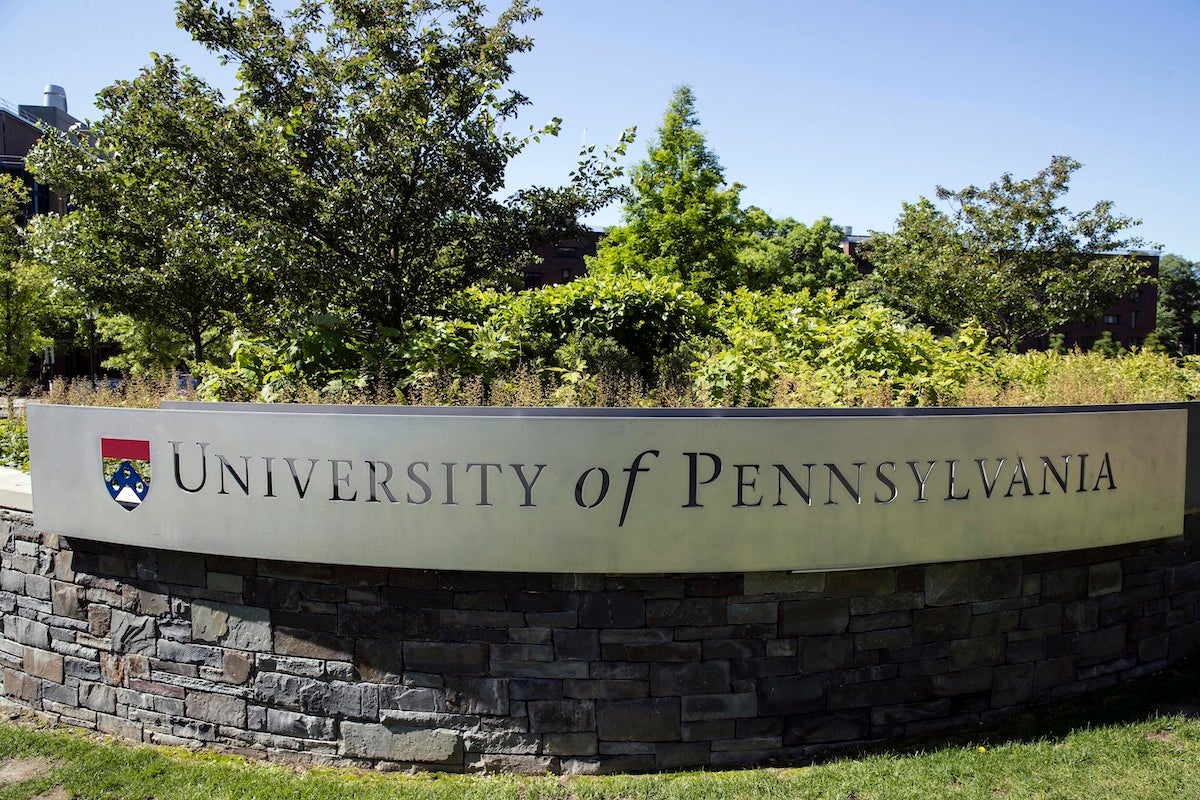
Penn Medicine researchers Katalin Karikó Ph.D., and Dr. Drew Weisman Ph.D., won the 2023 Nobel Prize in Medicine for their work on mRNA technology that contributed to the COVID-19 vaccine research.
Patents typically last about 20 years. The university holds at least four patents for its mRNA technology across the United States and Europe.
Researcher Karikó, an adjunct professor at Penn Medicine for 36 years, worked as a senior vice president for BioNTech between November 2013 and October 2022, according to her LinkedIn profile. She is considered an external consultant for the company as of Jan. 2, according to its website.
The COVID-19 vaccine, also known as Comirnaty, generated about $5 billion in sales in 2024.
As part of the deal, pharmaceutical giant Pfizer is expected to chip in $170 million for the Penn royalties and $364 million towards the NIH royalties owed.
As a company, BioNTech generated about $3.9 billion in revenue during 2023, down from $17.7 billion in 2022. BioNTech estimated 2024 revenue to be between $2.7 billion and $3.3 billion.
The university licensed its mRNA patents to several companies between April 2010 and August 2020, including Epicentre Technologies Corp., mRNA Biotherapeutics Inc. and Cellscript.
In 2017, BioNTech sublicensed the university mRNA technology from Cellscript and expects to keep developing more pharmaceutical medications, such as cancer treatments and flu vaccines, using the university patented technology.
Licensing revenue at the University of Pennsylvania has been a substantial revenue stream for the Philadelphia institution since the COVID-19 pandemic began.
In fiscal 2021, the university collected $300 million in license revenue. In fiscal years 2022 and 2023, the university garnered $1 billion each year. During fiscal year 2024, it reported $466 million in licensing revenue.
In May 2024, Penn Medicine researchers developed an mRNA vaccine for the H5N1 avian flu, leveraging prior COVID-19 vaccine research. The research was funded by the National Institute of Allergy and Infectious Diseases, National Institutes of Health and the Department of Health and Human Services.
The Duke University Human Vaccine Institute was awarded $7 million from the federal health agencies to conduct clinical trials in early 2025.
But for the commercialization of such research, the university relies on pharmaceutical manufacturers to license such patents and take the drug to market.
It was not immediately clear which companies, if any, have licensed the experimental avian flu technology.
-

 Business1 week ago
Business1 week agoOn a quest for global domination, Chinese EV makers are upending Thailand's auto industry
-

 Health6 days ago
Health6 days agoNew Year life lessons from country star: 'Never forget where you came from'
-
/cdn.vox-cdn.com/uploads/chorus_asset/file/24982514/Quest_3_dock.jpg)
/cdn.vox-cdn.com/uploads/chorus_asset/file/24982514/Quest_3_dock.jpg) Technology6 days ago
Technology6 days agoMeta’s ‘software update issue’ has been breaking Quest headsets for weeks
-

 Business3 days ago
Business3 days agoThese are the top 7 issues facing the struggling restaurant industry in 2025
-

 Politics1 week ago
Politics1 week ago'Politics is bad for business.' Why Disney's Bob Iger is trying to avoid hot buttons
-

 Culture3 days ago
Culture3 days agoThe 25 worst losses in college football history, including Baylor’s 2024 entry at Colorado
-

 News1 week ago
News1 week agoAmerican Airlines lifts ground stop that froze Christmas Eve travelers
-
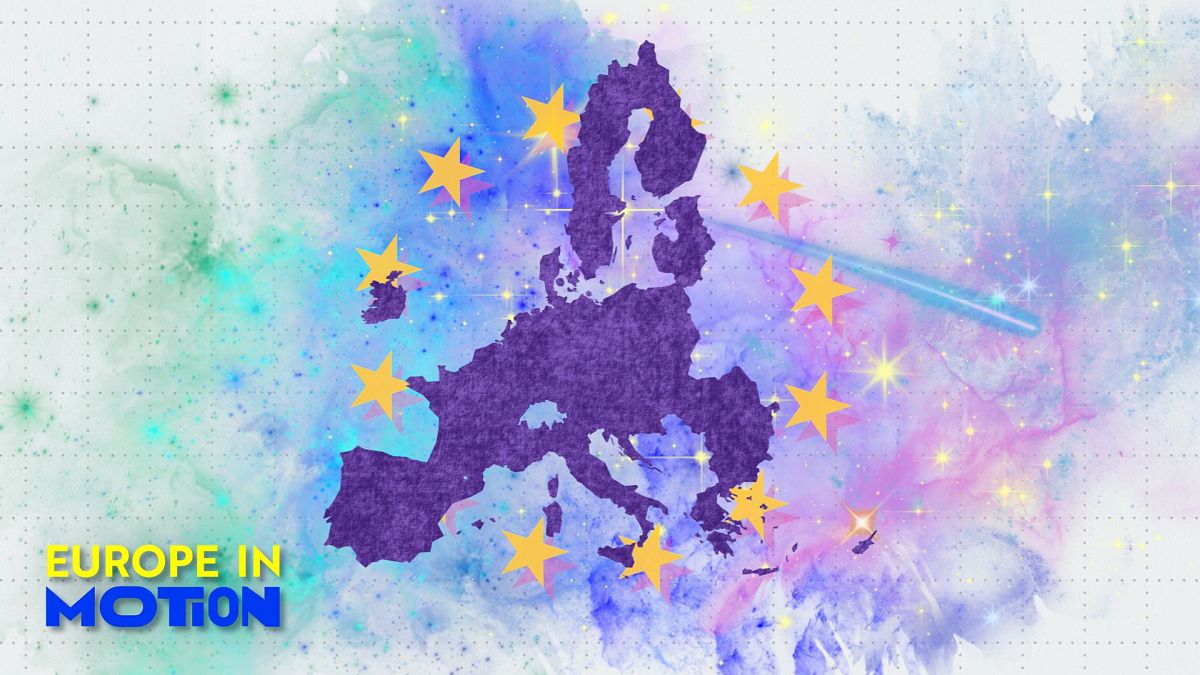
 World1 week ago
World1 week agoWho is Europe's top investor in space in 2023?



